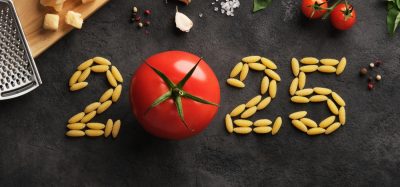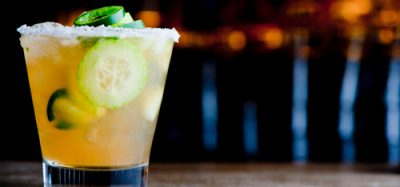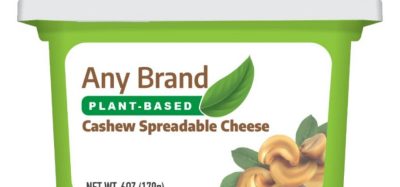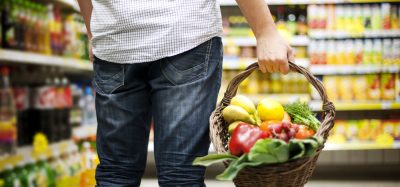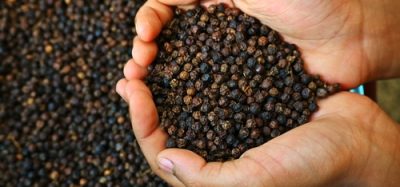Scientists research how to end the caging of farm animals
- Like
- Digg
- Del
- Tumblr
- VKontakte
- Buffer
- Love This
- Odnoklassniki
- Meneame
- Blogger
- Amazon
- Yahoo Mail
- Gmail
- AOL
- Newsvine
- HackerNews
- Evernote
- MySpace
- Mail.ru
- Viadeo
- Line
- Comments
- Yummly
- SMS
- Viber
- Telegram
- Subscribe
- Skype
- Facebook Messenger
- Kakao
- LiveJournal
- Yammer
- Edgar
- Fintel
- Mix
- Instapaper
- Copy Link
Posted: 13 April 2021 | New Food Magazine | No comments yet
Researchers from the Utrecht University will present their findings to the European Parliament this week as they search for alternatives to caging farm animals.
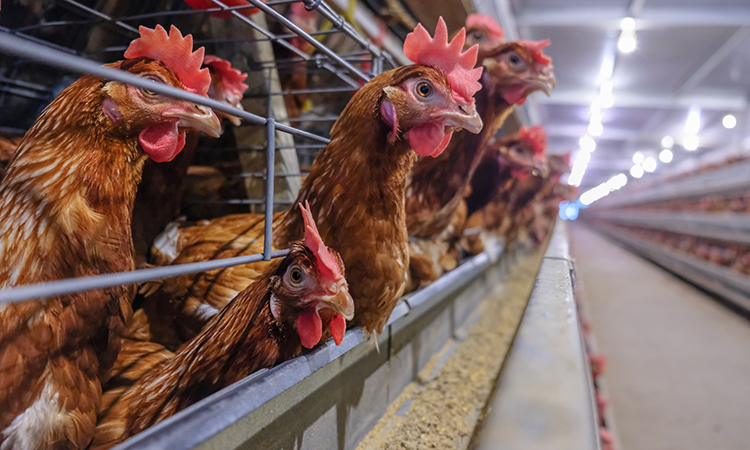

Between 2018 and 2020, more than a million people signed a petition named End the Cage Age, with the aim of ending cage housing for farm animals in Europe. In response to this initiative, the European Parliament requested a study by Utrecht University researchers on the possibilities to end cage housing. On 13 April, the scientists will present their report ‘End the Cage Age – Looking for Alternatives’ to the European Parliament.
In the report, behavioural biologists, animal scientists, veterinarians and ethicists from Utrecht University’s Faculty of Veterinary Medicine analysed the available scientific literature on alternatives to cage housing.
“Our focus was on laying hens and pigs” said Bas Rodenburg, Professor of Animal Welfare at Utrecht University. “Because these are the species that are kept in the largest numbers, and cage-free alternatives are already available or in development for them.”
Foraging, rooting and pecking
“Our report shows that ending cage housing has positive effects on the behaviour and welfare of animals,” Rodenburg claimed. “This is because animals in cage-free alternatives can exhibit their natural behaviour. Chickens and pigs are omnivores; they are normally foraging, rooting and pecking all day long. This behaviour is essential for these animals, but they need materials to rummage around in, such as sand, straw or wood shavings. That is difficult or impossible to achieve in cages.”
Regarding sustainability, no large differences in environmental, social and economic impact between cage housing and cage-free alternatives were found in studies published to date. However, the alternatives do pose new risks. For example, a higher risk of infectious diseases and social unrest, like feather pecking. To successfully switch to cage-free alternatives, the research team says farmers must therefore be trained and learn to work with the new systems.
For some species, like mink or geese and ducks for the production of foie gras, there is no cage-free alternative. The proposed alternative would therefore be a ban on production and a European import ban.
Are cage alternatives viable?
The study shows that the switch to cage-free alternatives is possible. But how can this actually be achieved? “It has to be made attractive for farmers to make the switch,” said Rodenburg. “The required investments must result in added value for their products. And consumers must be prepared to pay a little more for this, so awareness is also needed among this group.”
In the short term, the proposal calls for financial measures such as subsidies for new welfare-friendly systems and welfare labels on products, enabling consumers to shop more consciously. In the longer term, legislation could prohibit certain types of cage housing.
“One of our most important recommendations is to involve all stakeholders in the process, so they can design the new and improved livestock farming together,” added Rodenburg.
Related topics
Contaminants, Environment, Food Safety, Hygiene, Pathogens, Regulation & Legislation, Research & development, Supply chain



